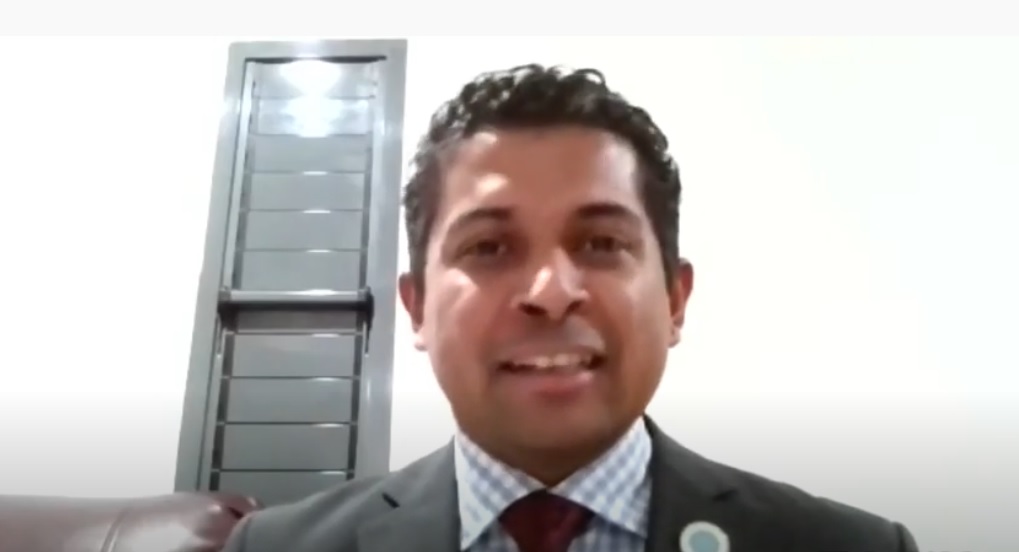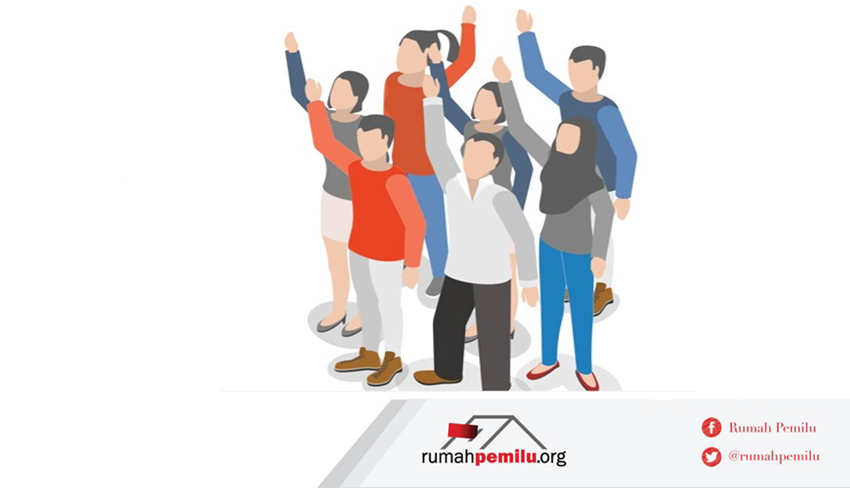Since its establishment in 2014, The Fijian Elections Office (FEO) with the Supervisor of Elections as the head of FEO, has started to develop electoral technology. There are more than five electoral technologies developed by FEO, including online recruitment systems, online training platform E-vuli, online voter registration systems, election logistics tracking applications, voting officer assistance applications, voting machines with touch screens or touchscreen voting machines, online voting through mobile phones or mobile based voting, and voter participation survey applications.
“Fiji has an online registration system. Through this system, registered voters will receive a voter card. We also have the FEO Final Results app. This is our proud application. Also, there is E-vuli, a platform for online training of all our election staff,” said Fiji Supervisor of Elections, Mohammed Saneem, at the discussion “Future Election Technology in Asia Pacific Countries”, Tuesday (6/8).
All of these technologies are developed by information technology (IT) personnel recruited by FEO. There were 10,000 people working for FEO during the election period.
FEO Final Results Application
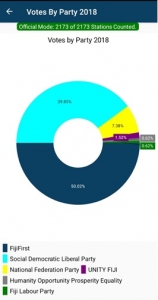
The FEO Final Results application allows election participants, voters and the public to find out the results of elections per polling station (TPS) from time to time. Not only the results obtained by political parties, but also the candidates nominated by political parties. This application can be downloaded on the Play Store for free.
“If you have an Android, you can download the FEO Final Results application. Election results are in your hands from every hour or half hour. You only need to touch the screen to get regular updates,” said Saneem.
Besides being available in the form of an application, election results can also be viewed on the FEO official website. The number of media used to publish election results is considered important to reach a wider audience. FEO Final Results also helps to make the work of the organizers transparent so that all parties trust the election results.
“This is election transparency. No one can prove fraud because the results of each polling station are shown directly on the application,” said Saneem.
In fact, FEO Final Results also provides a parliamentary seat calculator feature. For example, if political party J gets so many votes, then political party J will get so many parliamentary seats.
Another fact, as stated by Saneem, in the 2019 Election, the FEO Final Results application was downloaded by more than 65 thousand users. In the pre-voting period, app ratings were good, but after the election results showed the winner of the election, app ratings started to deteriorate.
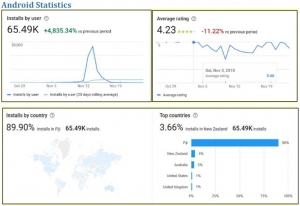
PO’s App or Voting Assistant Application
Another application developed by FEO is PO’s App, which is a voting and counting management application at the polling station. This application works like a work guide and work monitoring system for polling station officers.
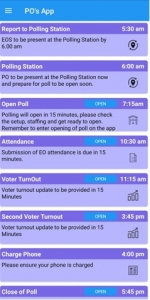
“Through this application, we know, at this polling station, polling officers have carried out to what stage. So, polling officers will also know what other steps he has to take,” explained Saneem.
In the PO’s App there is also a menu to find out the number of voters who have voted. If only a few voters come to the polling station, the election organizer or political party can urge voters to cast their votes.
FEO Survey Application
The next application is FEO Survey. FEO Survey captured voter opinion on polling day participation. Each voter who fills out the survey is rewarded with 1 US dollar.
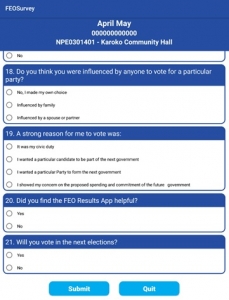
Different from previous applications that can only be operated when the phone is connected to the internet, FEO Survey can also be used offline. However, survey results can only be sent if the phone has internet access.
“This application is essentially an offline application. We record information in the application. Every time he/she reaches the internet service, the information he/she fills in will be sent,” concluded Saneem.
There were 21 survey questions asked of voters. The survey contains questions about whether voters have voted, why voters have not voted, and so on.
“Essentially, we are trying to answer why participation has decreased. It’s also very cheap. Only 1 dollar per survey. We don’t have to pay officers to survey. Voters can download the application, fill out the survey, and we will get the results,” explained Saneem.
Budget efficiency, take advantage of smartphones
The principles of sustainability and efficiency are held by FEO in developing electoral technology. A technology should be able to be used for the next elections, and as much as possible not take up a lot of budget.
With these two principles, FEO decided to develop software and applications that can be downloaded by anyone with a smartphone. Electoral technology does not always require the procurement of new equipment.
“Because the budget is limited, resources are limited, so we decided, when making strategic plans, we think about using more existing tools. During the pandemic, many people use smartphones. So, we see that these election management and transparency solutions can rely on smartphones,” said Saneem.
Challenges and risks in applying technology in elections
There are always challenges in implementing electoral technology. From Fiji’s experience, Fiji’s geographical condition, which is an archipelago, makes connectivity often difficult to access. Availability of electricity is also a challenge. Moreover, there are still organizers who are reluctant to change the way digital works.
“There’s a brain freeze. People don’t want to use technology. They just want to use a calculator,” said Saneem.
The application of technology in elections also has risks. Two in the spotlight, sabotage and hacking.
 Rumah Pemilu Indonesia Election Portal
Rumah Pemilu Indonesia Election Portal

